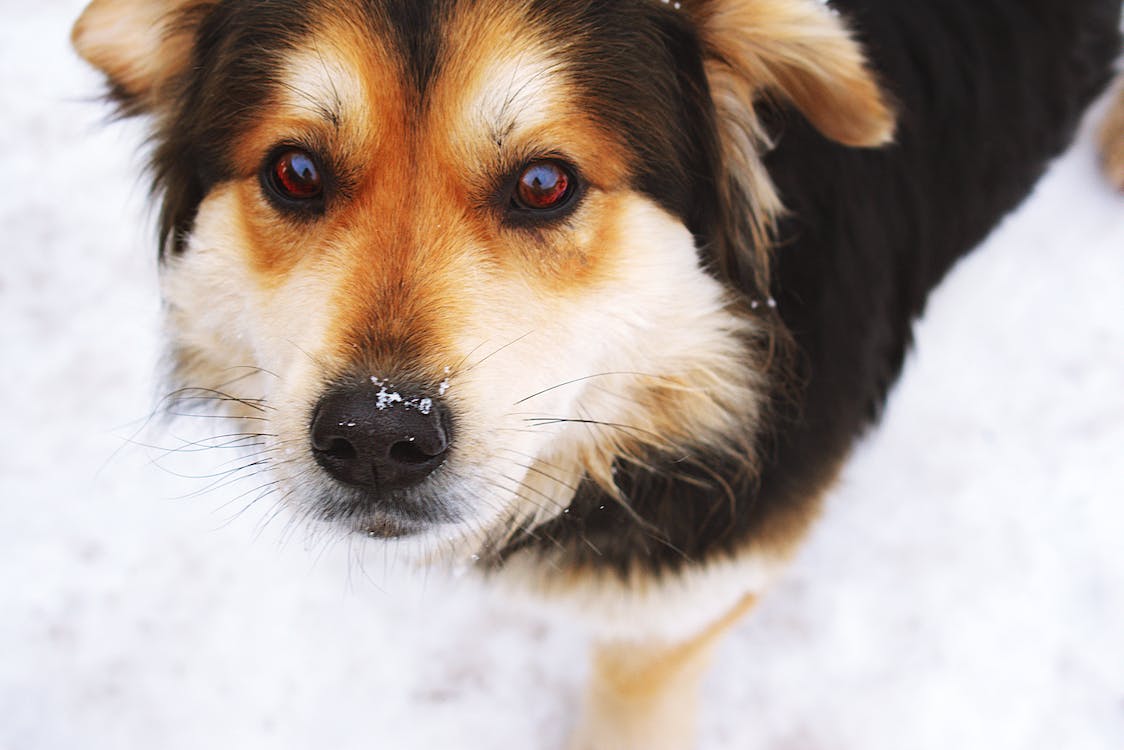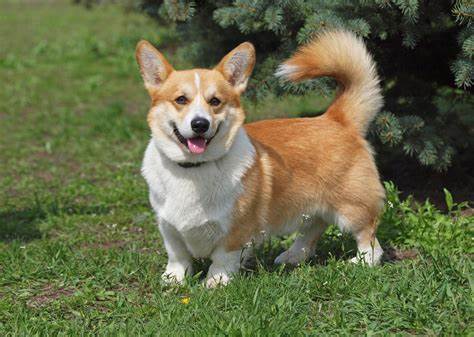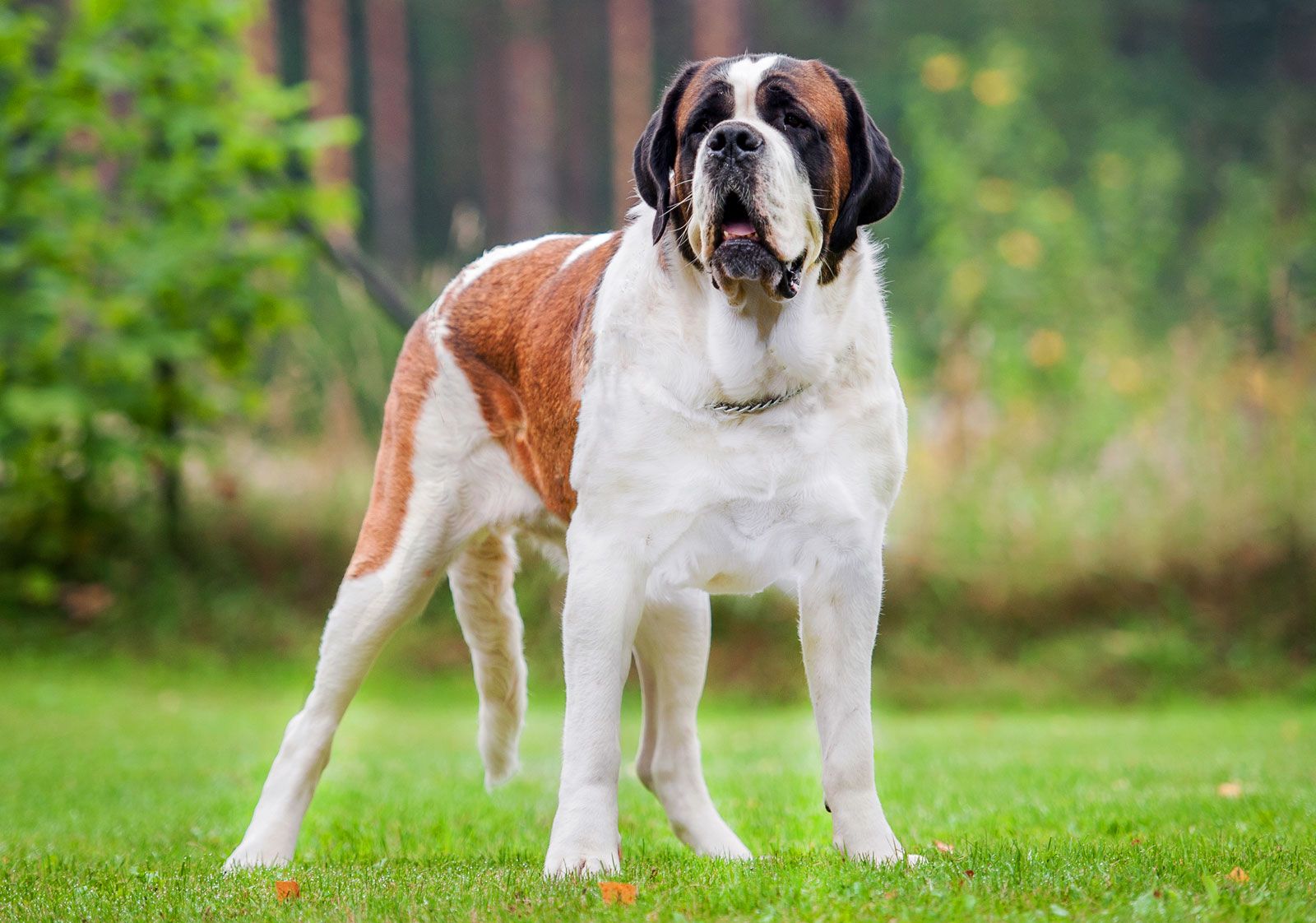Have you ever noticed those long, wire-like hairs protruding from your dog‘s muzzle and face? Yes, dogs have whiskers, but why? What purpose do these sensory hairs serve for canines?
Whiskers provide several benefits for a dog’s health, survival, and navigation of their environment. They aren’t just a quirky facial feature – they’re actually an important sensory organ.
In this article, we’ll explore the anatomy and function of canine whiskers and answer common questions dog owners have about them. Let’s delve into the importance of those impressive doggy “mustaches”!
Anatomy of Dog Whiskers
Whiskers are specialized hairs properly known as vibrissae. They differ from regular dog fur in the following ways:
- Thicker texture – Each whisker shaft is thicker for enhanced sensitivity.
- Deeper root – Whisker follicles are embedded more extensively into the dermis.
- More nerves – Whisker follicles are surrounded by dense networks of sensory neurons.
- Stiffer composition – The interior contains more rigid connective tissue.
These anatomical differences equip whiskers to detect subtle vibrations, air currents, and other environmental stimuli. Now let’s explore where whiskers grow on dogs.

Where Are Whiskers Located on Dogs?
Whiskers are primarily found protruding from a dog’s:
- Muzzle – Longer whiskers here help gauge opening widths.
- Cheeks – Aid in sensing nearby objects while eating.
- Eyebrows – Protect eyes and judge vertical clearances.
- Chin – Delicate whiskers help locate food bowls.
Whiskers around the eyes and face are the most abundant and sensitive. But whiskers can also emerge from a dog’s legs, paws, and back. Placement aids specific forms of sensory perception.
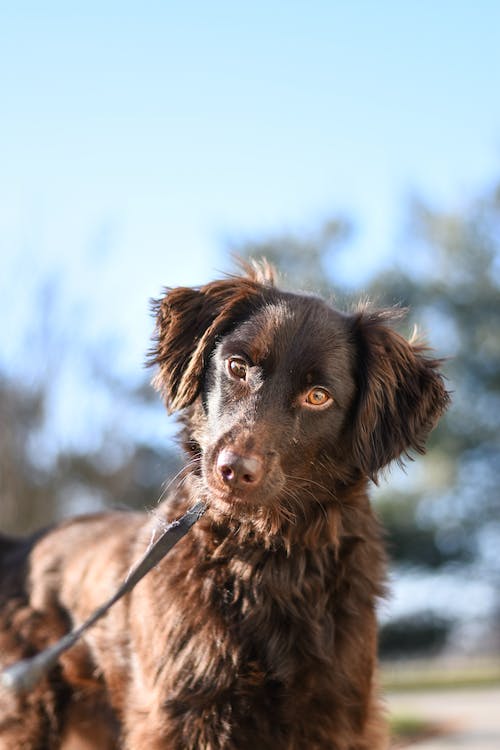
What Are the Functions of Dog Whiskers?
So why did dogs evolve whiskers in the first place? Here are their key roles:
Whiskers sense nearby objects, helping dogs navigate through dense vegetation, narrow passageways, or low visibility environments. Whiskers also aid judging distances, positioning, and maneuvering their body.
Hunting and Foraging
Whiskers help detect prey movements nearby. They also prevent wildlife from entering small burrows and entrapments. When eating and drinking, whiskers guide snout placement.
Social Communication
Forward-facing whiskers aid social interaction by detecting facial expressions and body language from other dogs or humans.
Environmental Monitoring
Whiskers sense subtle air currents and vibrations, alerting dogs to approaching threats, weather shifts, or unfamiliar stimuli.
As you can see, whiskers serve many critical functions! That’s why avoiding whisker damage is so important.
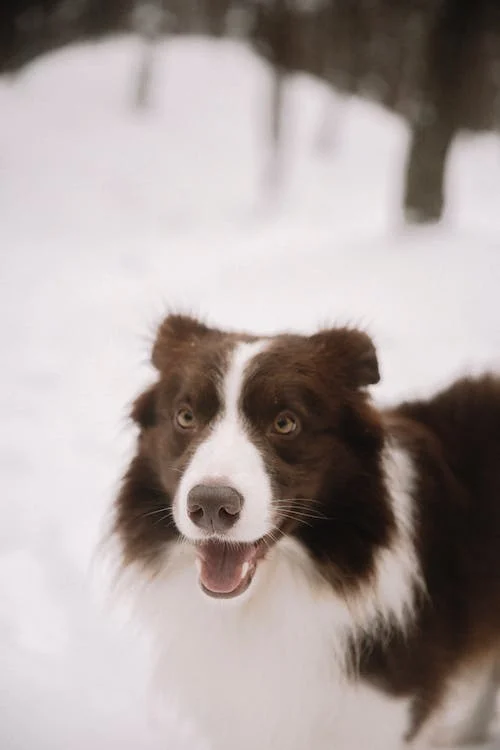
Protecting Your Dog’s Whiskers
Since whiskers are vital sensory organs, it’s important to keep them safe. Here are tips:
- Never trim or cut your dog’s whiskers – this impairs their sensitivity.
- Select wide, flat food bowls so whiskers don’t touch the sides.
- Avoid narrow tunnels or confined enclosed spaces for your dog.
- Protect whiskers from excessive sun exposure, which can burn and damage follicles.
- Discourage jumping into tight bushes, which can tear out whiskers.
- Use anti-anxiety medication if chronic muzzle rubbing causes whisker loss.
- See your vet if you notice significant whisker loss or damage, which may indicate illness.
Following these precautions will help preserve your dog’s natural sensory system and facial symmetry.
Do Puppies Have Whiskers?
Yes, puppies are born with a full set of whiskers in place, though they are shorter than an adult dog’s. The whiskers continue growing out as the puppy develops.
Newborn whiskers aid puppies in:
- Crawling towards their mother and littermates for feeding and warmth.
- Navigating around the whelping box and surrounding environment.
Puppies rely heavily on whiskers to understand their world until their eyes and ears fully mature. Never trim their whiskers, as that’s cruel and depriving.

Why Do Some Dog Breeds Have Curly Whiskers?
Some dogs like Poodles have distinctly curly, corkscrew-shaped whiskers. This results from the same hair follicle shape that causes kinky or curly fur coats.
Curly whiskers retain the same sensory abilities as straight whiskers. They just may have a shorter effective life span if their spiral shape causes them to more readily catch on objects.
Do Dogs With Docked Tails Still Have Tail Whiskers?
Dogs born with naturally short or docked tails can still have several whiskers protruding from the tail stump area. They help the dog sense positioning, placement, and environmental motion.
However, removing these important tail whiskers through cosmetic shaving or surgical docking does impair rear-end spatial awareness to some degree. Avoid removing tail whiskers whenever possible.

Frequently Asked Questions
Do you still have questions about why dogs have whiskers? Here are some common queries:
Why does my dog’s whiskers change color as they age?
Just like the coat fur, whiskers may gray and fade with age. Sun exposure also bleaches pigment over time. It’s normal for senior dogs to have paler whiskers.
Should I trim whiskers that are extremely long?
It’s best not to trim healthy whiskers at all. But in rare cases of excessive length or unruly tangling, ask your vet about a slight trim. Always leave at least 1 inch length.
What does it mean if my dog loses their whiskers?
Sudden whisker loss can signal an underlying illness or nutrient deficiency. Schedule a veterinary exam to check for issues like anemia, hypothyroidism, or Cushing’s disease.
Can I use whisker dye on my dog for cosmetic purposes?
No, whisker dye is unsafe and unnecessary. It risks damaging the follicle and sensory nerves. Embrace your dog’s natural whisker appearance instead.
Why does my dog sometimes bite or chew their own whiskers?
Compulsive whisker chewing may indicate anxiety, boredom, or discomfort. Redirect the behavior and schedule a vet visit to address potential underlying causes.
Hopefully this article gave you insight into the critical role whiskers play for dogs. Remember to never trim those important sensory hairs and protect them from damage. Let us know if you have any other dog anatomy questions!
